 November 21, 2022 – With Iranian security forces launching a massive assault on protesters in Kurdish-populated cities in Iran, and mounting deaths being reported, the Center for Human Rights in Iran (CHRI) calls on the UN and governments worldwide to urgently communicate to the Islamic Republic that the continued use of lethal force against unarmed protesters will result in intense and coordinated international diplomatic repercussions.
November 21, 2022 – With Iranian security forces launching a massive assault on protesters in Kurdish-populated cities in Iran, and mounting deaths being reported, the Center for Human Rights in Iran (CHRI) calls on the UN and governments worldwide to urgently communicate to the Islamic Republic that the continued use of lethal force against unarmed protesters will result in intense and coordinated international diplomatic repercussions.
“Unless Islamic Republic authorities decide the costs of massacring civilians to crush the ongoing protests in Iran are too high, they will continue to slaughter children, women, and men with impunity in a desperate attempt to reassert control,” said CHRI executive director Hadi Ghaemi.
Over the past few days, cities in the Kurdish-populated towns and cities in western Iran have seen the worst levels of violence by state security forces so far in response to growing protests. Daily killings of civilians by security forces have led to massive anti-government demonstrations at funerals in solidarity with victims’ families in each city.
Many clips on social media show extreme violence by the security forces against protesters in the city of Javanrood on November 19, 20, and 21.
On November 19, protesters reportedly took control of parts of the city of Mahabad, 181 miles north of Sanandaj, and barricaded the streets. After several hours, large military reinforcements were sent to the city. Before confronting protesters, the city’s power was shut off. The sounds of gunfire and protesters could be heard until the early morning as soldiers pursued people from house to house.
At the same time, the authorities have shut down access to the internet almost completely in the west of the country to minimize the ability to share information about the state’s violence and atrocities.
“The state’s violence against civilians in Iran is unprecedented; governments worldwide should be recalling their ambassadors for consultations and summoning Iran’s diplomats for censure to try to stop this bloodbath,” Ghaemi continued.
“All diplomatic costs and means of international isolation should be urgently employed to communicate to the authorities in Iran that this continuing slaughter of people peacefully demanding their basic human rights and freedoms must stop,” Ghaemi added.
The Kurdistan Human Rights Network reported that on November 21 alone, 17 people were taken to the hospitals in Javanrood, Kermanshah Province, after being shot by Islamic Revolutionary Guard Corps (IRGC) units, while other wounded individuals received treatment at home to avoid arrest. There were six confirmed deaths, including 16-year-old Bahaeddin Veisi.
In Piranshahr, Kurdistan Province, people poured into the streets and were confronted by the heavy gunfire of the security forces on November 19, 20 and 21. On November 19, Taher Azizi (30), Karavan Ghader Shokri (16) and Jalal Ghorbani were among the city’s residents who died from injuries suffered during protests. Also, Mohsen Niazi, 25, was killed during protests in Dehgolan, Kurdistan Province, on November 19.
“These ruthless acts will only increase the anger of the revolutionary people,” said a group of more than 100 Kurdish Sunni Muslim religious leaders in a joint statement on November 21. “We demand that a referendum acceptable to the people be held under the supervision of trusted individuals, religious and national leaders, as well as neutral international observers in order to find a way out of the present situation.”
Meanwhile on November 19, one of the bloodiest attacks against students took place at University of Kurdistan in Sanandaj, northwestern Iran. According to social media reports, state security forces fired directly at protesting students. There are no exact figures on casualties and those arrested, who include students, professors, and university staff.
Since the start of nationwide protests in Iran in September 2022, the highest number of casualties have been recorded in Sistan and Baluchestan Province (more than 100), followed by the Kurdish regions of West Azerbaijan Province (37) and Kurdistan Province (31).
The protests began after the death in state custody on September 16, 2022, of 22-year-old (Jina) Mahsa Amini (born to a Kurdish family in Saqqez, Kurdistan Province), who was arrested on September 13, 2022, for her alleged “improper” hijab. At Least 419 people have been killed, as of November 19, according the Human Rights Activists News Agency (HRANA), including more than 50 children, according to the Coordinating Council of the Iranian Teachers Trade Association.
This is the second time in the last three years that the authorities in Iran have responded to nationwide protests with lethal violence on a mass scale. No state official was ever held accountable for the hundreds, perhaps more 1,500, civilians killed by security forces during the state’s crushing of the November 2019 protests.
*Click here to read CHRI’s recommendations to the international community to help end the Iranian government’s violent suppression of protests in Iran.
 Global Medical Community Must Speak Out Against Severe Violation of International Law
Global Medical Community Must Speak Out Against Severe Violation of International Law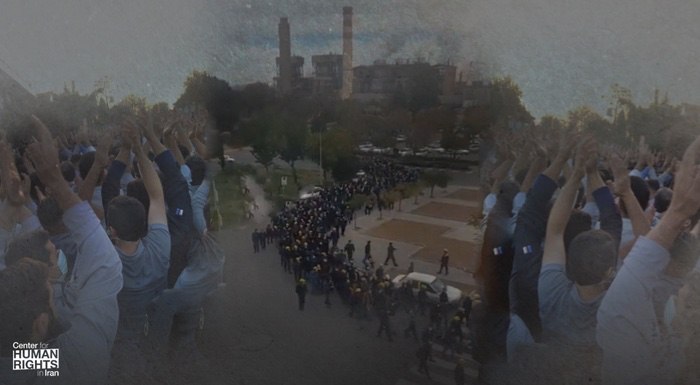 November 29, 2022 – More than three months into anti-state protests across Iran that state security forces have been unable to crush despite the use of lethal force, oil workers, truckers, public transportation workers, and factory workers are joining other labor groups now waging strikes across the country.
November 29, 2022 – More than three months into anti-state protests across Iran that state security forces have been unable to crush despite the use of lethal force, oil workers, truckers, public transportation workers, and factory workers are joining other labor groups now waging strikes across the country.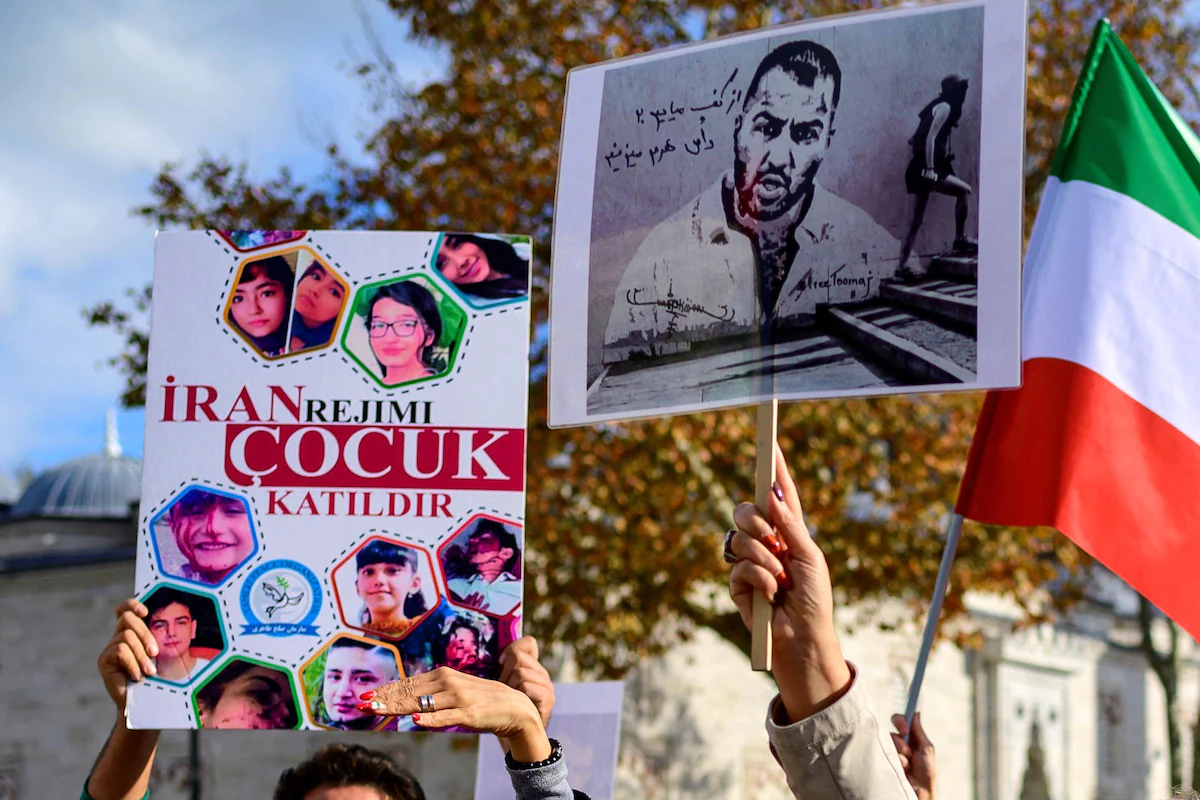
 November 21, 2022 – With Iranian security forces launching a massive assault on protesters in Kurdish-populated cities in Iran, and mounting deaths being reported, the Center for Human Rights in Iran (CHRI) calls on the UN and governments worldwide to urgently communicate to the Islamic Republic that the continued use of lethal force against unarmed protesters will result in intense and coordinated international diplomatic repercussions.
November 21, 2022 – With Iranian security forces launching a massive assault on protesters in Kurdish-populated cities in Iran, and mounting deaths being reported, the Center for Human Rights in Iran (CHRI) calls on the UN and governments worldwide to urgently communicate to the Islamic Republic that the continued use of lethal force against unarmed protesters will result in intense and coordinated international diplomatic repercussions.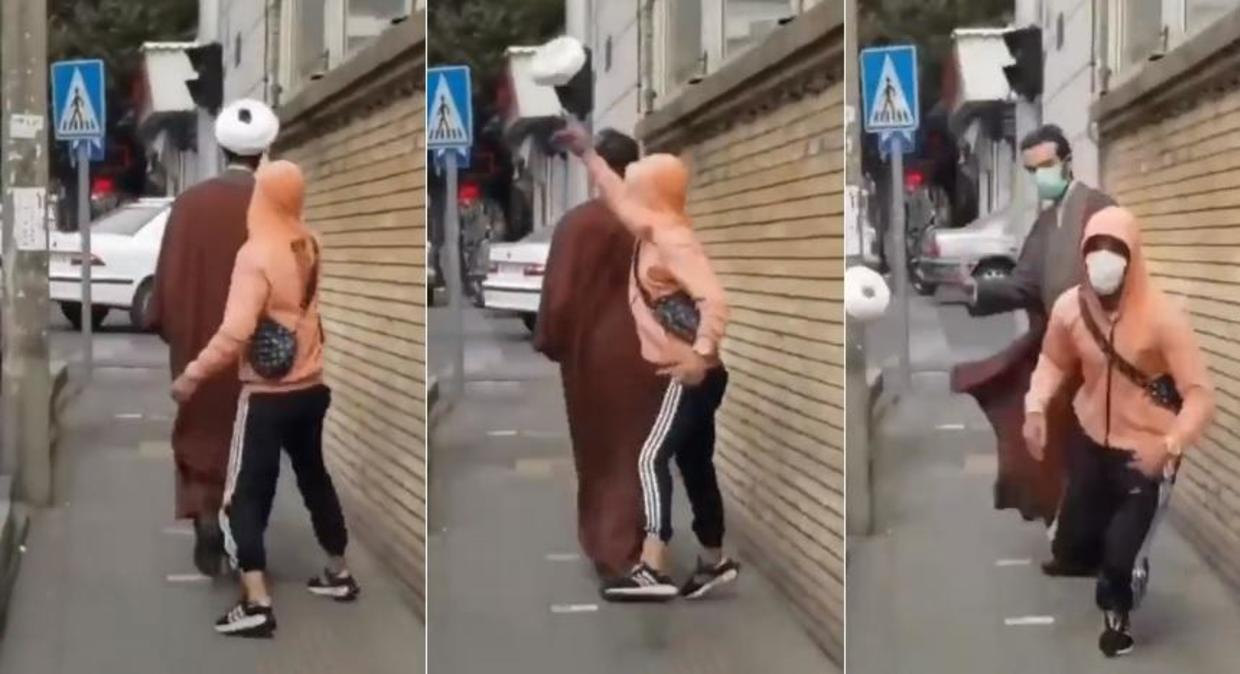
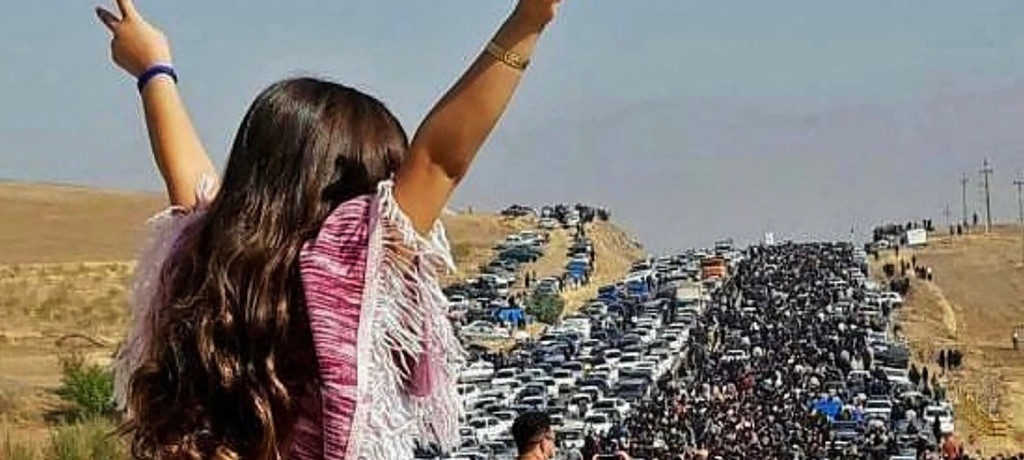 2022-11-10- The Guardian-by Golriz Ghahraman-
2022-11-10- The Guardian-by Golriz Ghahraman- 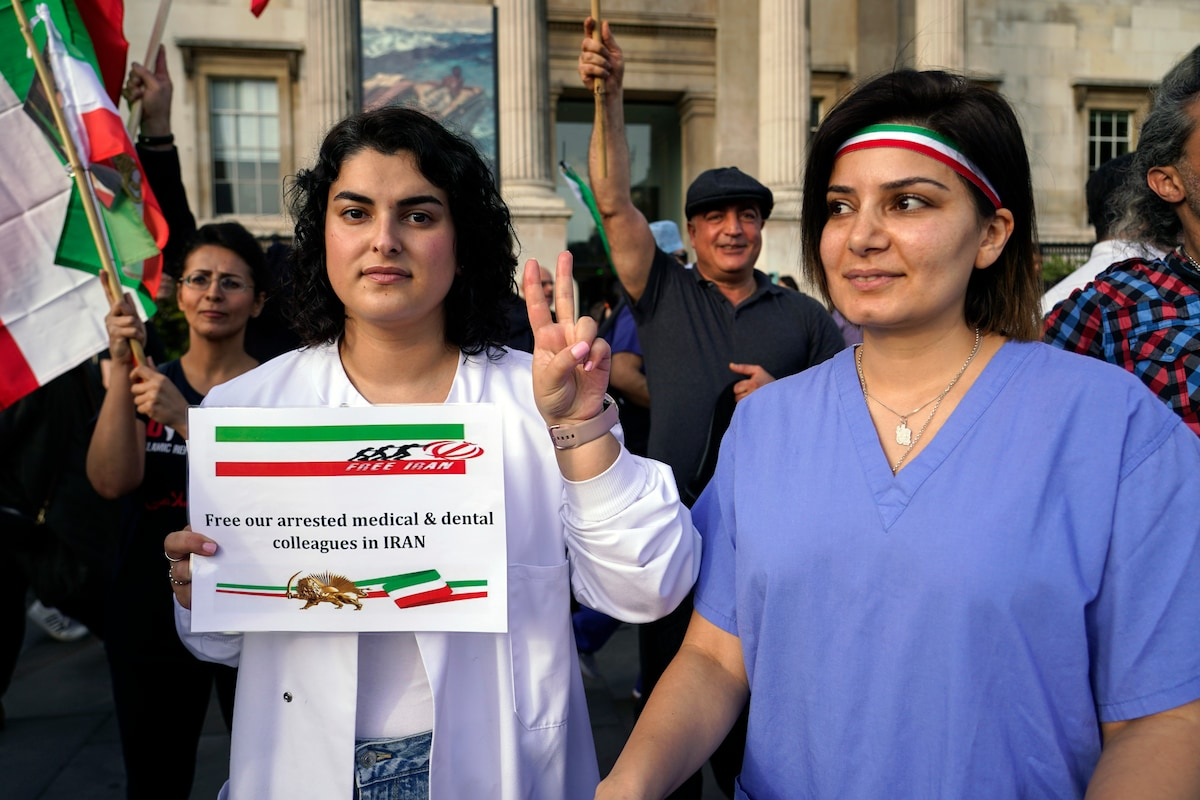
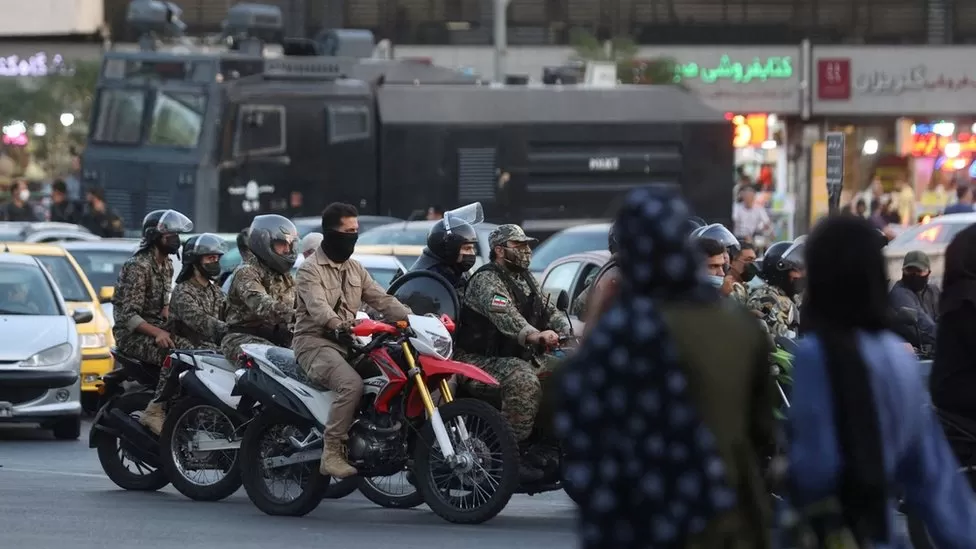 2022-11-09-
2022-11-09-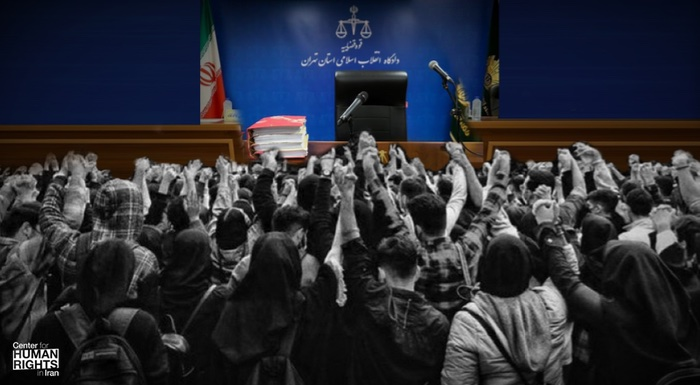 November 2, 2022 – With mass public trials for protesters recently announced in Iran, and charges already beginning to be issued that could carry a death sentence, it is urgent that the international community forcefully warn the Iranian authorities against leveling death sentences against the protesters, the Center for Human Rights in Iran (CHRI) said in a statement today.
November 2, 2022 – With mass public trials for protesters recently announced in Iran, and charges already beginning to be issued that could carry a death sentence, it is urgent that the international community forcefully warn the Iranian authorities against leveling death sentences against the protesters, the Center for Human Rights in Iran (CHRI) said in a statement today.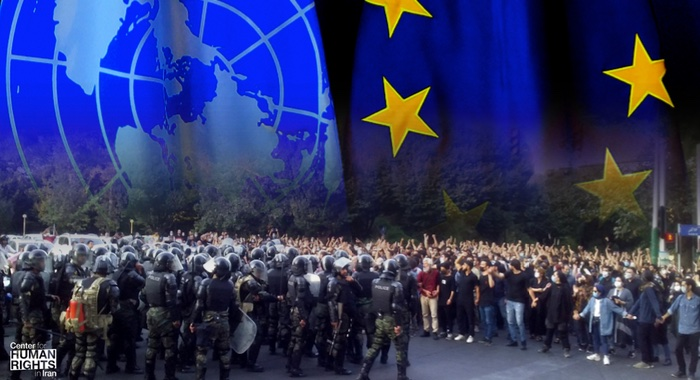 Policy Paper Lays out Specific Actions Biden and Other World Leaders Should Take
Policy Paper Lays out Specific Actions Biden and Other World Leaders Should Take